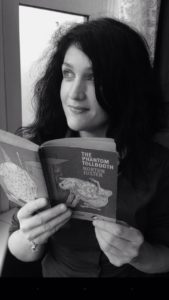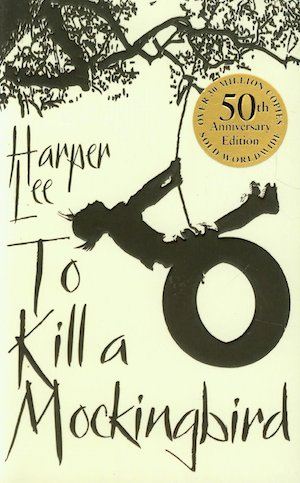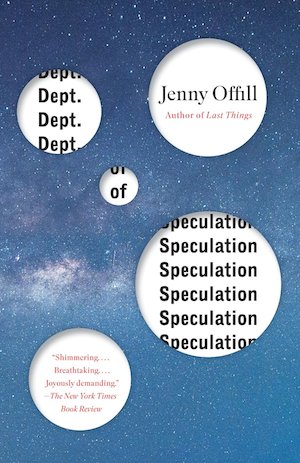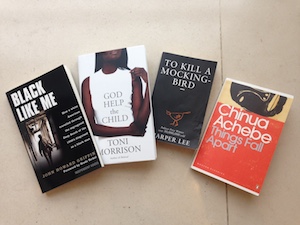
Review by Michèle
Good Morning, Mr Mandela
Endearing memoir that falls short of full potential
An endearing little memoir of a loyal and subservient (“my passion is to serve”) secretary’s years with Nelson Mandela. Her dedication does her credit and it is clear that ‘Madiba’ was very lucky to have found her. This is a subject of great interest and possibilities, both personally and politically, and yet it always felt like an opportunity missed with only superficial glimpses and references. This is not because La Grange chooses to include such details as his constant use of moisturiser – which she does – but because it isn’t very well written. In the hands of another writer, it is a gripping tale of an unwitting Afrikaan racist who is transformed by her exposure to this great and gentle leader. Later, as Mandela becomes infirm, it is a dreadful tale of intrigue and battle for power, of exploitation, even from his own family. Fascinating stuff but poorly told. Despite La Grange being only 44 years old, I often felt I was sitting at the feet of a rambling old dear who may have had a very interesting life but still rather sending me to sleep. If you can get beyond the writing, it is worth reading.













